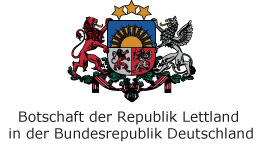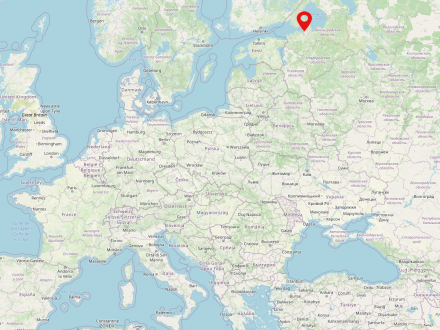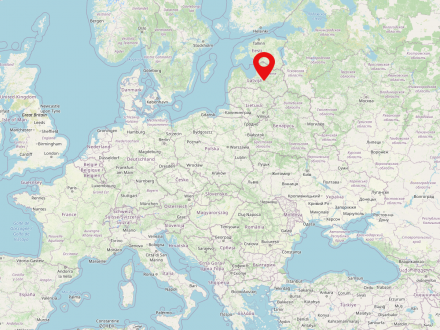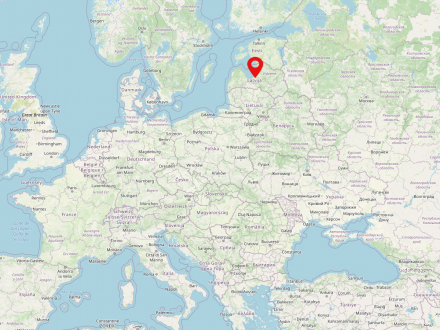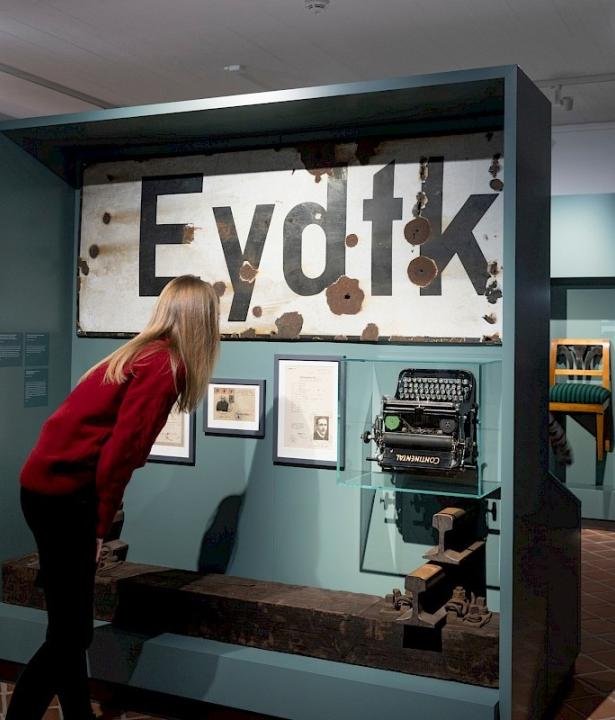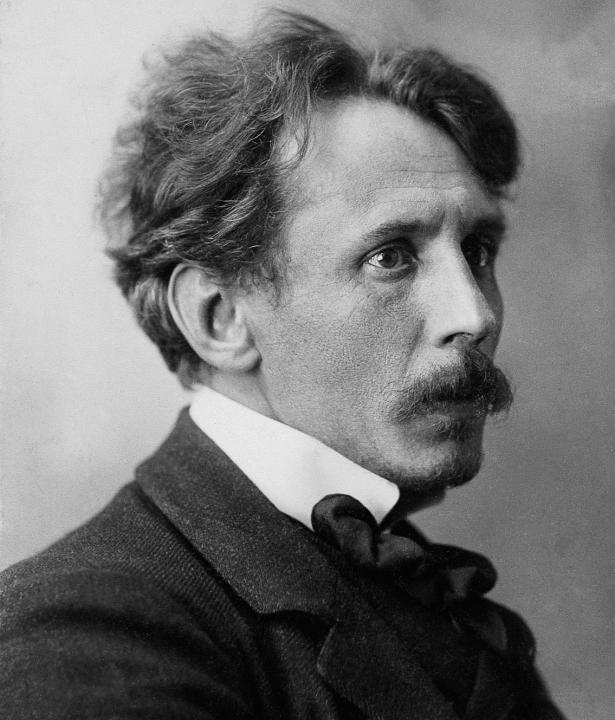Saint Petersburg is a metropolis in the northeast of Russia. The city is home to 5.3 million people, which makes it the second largest in the country after Moscow. It is located at the mouth of the Neva River into the Baltic Sea in the Northwest Federal District of Russia. Saint Petersburg was founded by Peter the Great in 1703 and was the capital of Russia from 1712 to 1918. From 1914-1924 the city bore the name Petrograd, from 1924-1991 the name Leningrad.
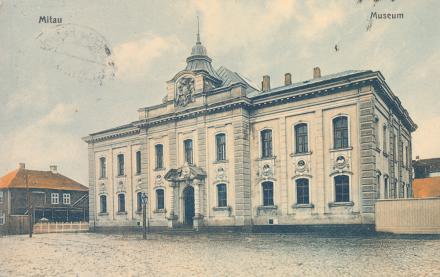
Jelgava is one of ten republic cities in Latvia in the Semgallen (Zemgale) region. The city, which today has about 60,000 inhabitants, is located 44 km southwest of Riga and was the capital of Courland until 1919. As such, it was aristocratic in character and experienced an economic boom in the 17th century, when Kurland even briefly owned colonies in Gambia and Tobago. The city became an important educational center from 1775 with the establishment of Academia Petrina by Duke Peter Biron, whose father had Mitau Castle (lett. Jelgavas pils) built between 1738 and 1772 on the site of the Order Castle built in 1265. This was followed by the establishment of the Curonian Society of Literature and Art in 1815 and the Curonian Provincial Museum in 1818. Today Jelgava is the site of the Agricultural University of Latvia, which has its seat in Mitau Castle.
The picture shows a historical postcard from around 1900, depicted is the Curonian Provincial Museum (Kurzemes Provinces muzejs) in Jelgava/Mitau (Copernico/CC0 1.0).
When he moved to Germany in 1906, he adopted the alias Walter-Kurau. There he developed a broad teaching career and went on numerous painting trips, where he collected impressions and impulses for his work. His Dresden period (1906-16) is characterized by a late Impressionist style, while for the Berlin period (1916/17-1932) he chose the pursuit of "the greatest possible abstraction with the strictest study" of nature as a leitmotif to guide his further development as a painter. His later creative phase shows that he was strongly influenced by and had deeply processed the painting of Paul Cézanne, German Expressionists as well as French Fauvists and Cubists.
The exhibition is presented in cooperation with the Embassy of the Republic of
Latvia is a Baltic state in the north-east of Europe and is home to about 1.9 million inhabitants. The capital of the country is Riga. The state borders in the west on the Baltic Sea and on the states of Lithuania, Estonia, Russia and Belarus. Latvia has been a member of the EU since 01.05.2004 and only became independent in the 19th century.

